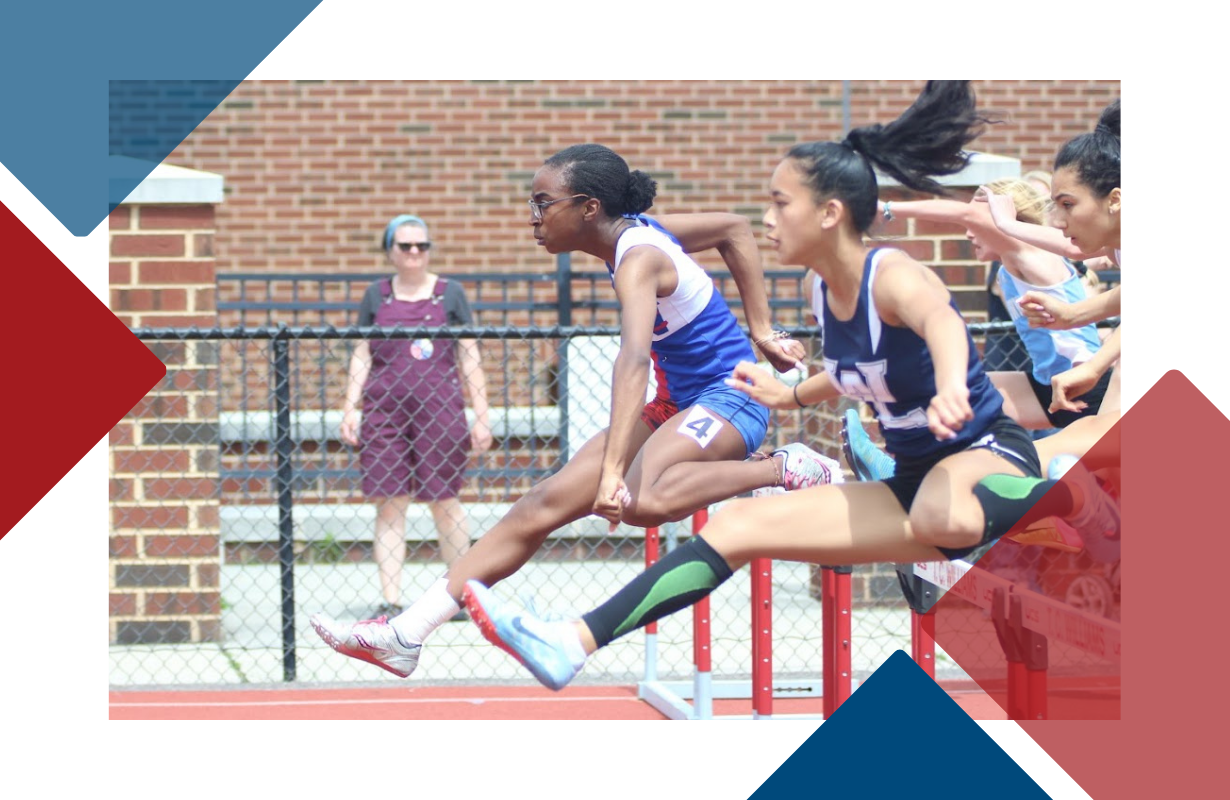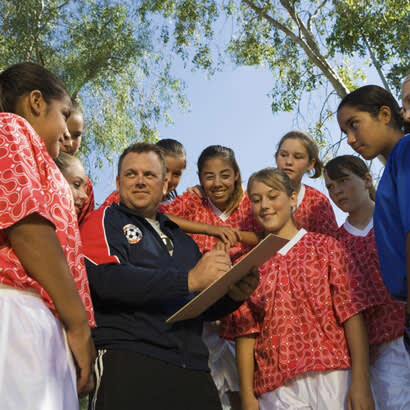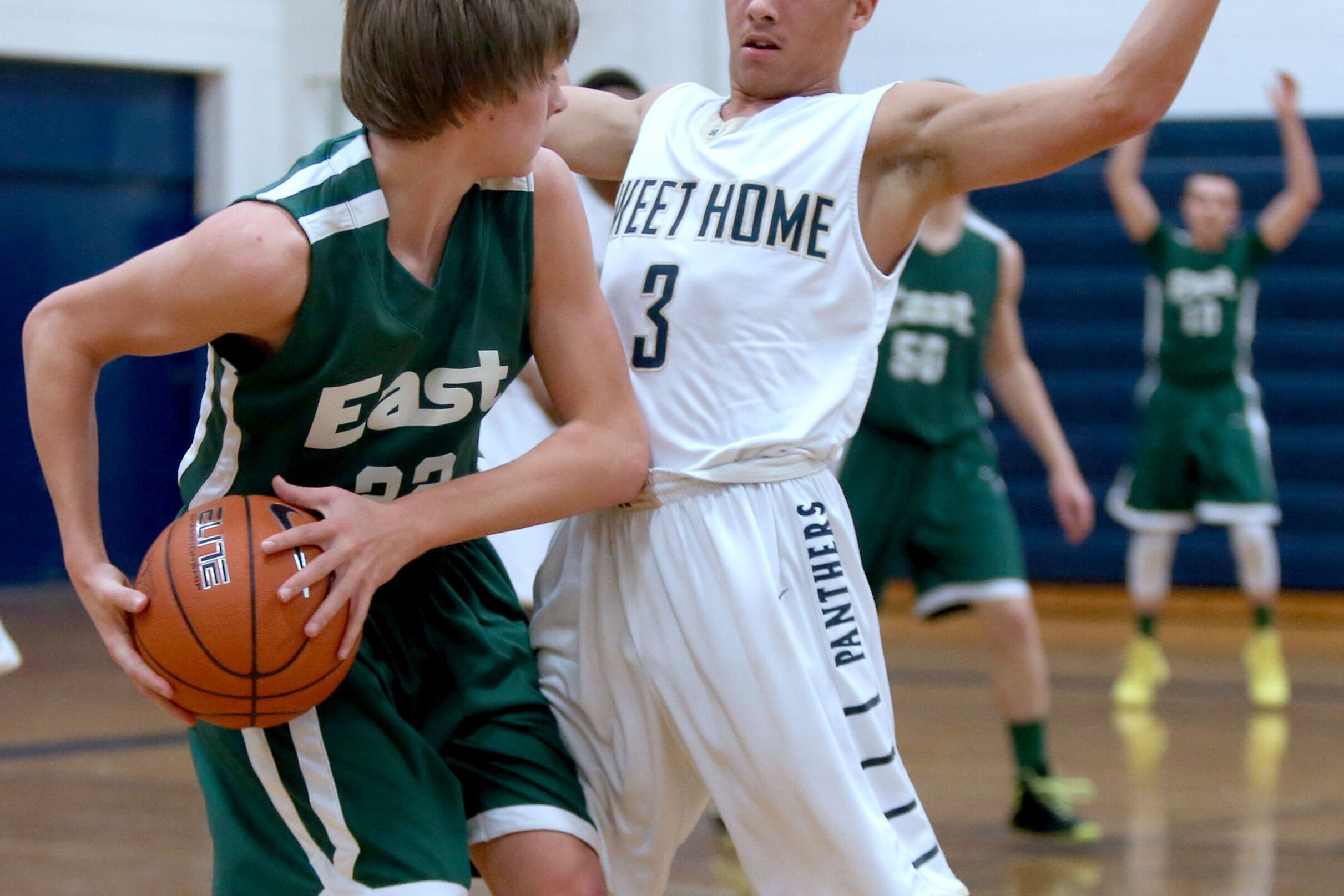The president on March 27 signed a $2 trillion stimulus package to address the economic impact of the coronavirus. It’s one of the largest pieces of legislation in the modern history of Congress and comes as a record 3.28 million workers filed for unemployment claims in the week ending March 21.
While the bill does not specifically address the sports or recreation industries, it provides $349 billion for loans to small businesses and 501(c)3 nonprofits under 500 employees – many of which comprise the estimated $19 billion youth sports industry in the U.S.
“It’s good news,” said Bill Sells, Sports & Fitness Industry Association senior vice president of government and public affairs. “In a nutshell, if you use your money to keep your employees paid and keep your business afloat by paying your rent and other obligations during this crisis, you can have your loan forgiven. Basically, it’s free money if you do it the right way so, on the other side of this, you’re a viable business and haven’t provided any harm for employees. If you use it for capital investments, that’s on you to pay it back.”
To receive a loan, a business must have been operational on Feb. 15. If a business proactively cut employees prior to Feb. 15 due to the coronavirus, it will not be penalized, Sells said. The maximum loan amount is $10 million and tied to a formula used by the Small Business Administration. Loan applications are being accepted for an eight-week period from Feb. 15 through June 30.
“If you’re a summer business, don’t say I need to be paid for summer employees during the winter,” Sells advised. “For a Little League organization that operates strictly in the summer, right now you might be gearing up for your season so you might have a place for this loan. But if you’re a sport that starts in the winter and it’s over, don’t tell me you have a full set of employees year-round if you don’t. Hockey teams don’t necessarily have coaches all year round. You have to be careful there.”
Sells said the eligibility of youth sports tournament operators could be tricky. “If you’re a company that does tournaments all over the country, that’s a regular business,” he said. “If you do a once-a-year tournament, that might be more challenging.”
Sells said the bill could also help individual coaches if they qualify as an independent contractor or sole proprietor of their business. “They’re eligible for the same relief if you provide the same documentation,” he said. “If you claim to be a personal baseball coach, you’re going to have to produce documents that you were a business on Feb. 15 and show how much money you made last year at this time. They have provisions in here so you can’t scam it.”
It’s not clear if the bill will benefit youth sports providers who are volunteer-based and don’t have employees since there’s no such language in the legislation, Sells said. For instance, many Little League Baseball and Softball programs are entirely volunteer-run, but they do have costs for facilities, equipment and other expenses. It could be those programs are eligible for assistance from their local municipality because they use public facilities, and not the federal bill.
“The intent of the bill was to help all small businesses,” Sells said. “If after hearing everything they are offering, youth sports gets no relief, a youth sports grassroots campaign to take care of that oversight would be appropriate. I’ve always said the combined strength and outreach of the entire youth sports community would be an extremely powerful voice. The problem is getting everyone to deliver a unified message that benefits all youth sports.”
As part of the stimulus package, loan forgiveness cannot be used individually for anyone compensated over $100,000. In other words, don’t take the loan, cut employee compensation and keep the money yourself, Sells said. If a loan is not forgiven because the rules weren’t followed, the maximum term to repay the loan is 10 years at a maximum interest rate of 4%.
In addition, the bill calls for expediting the process for economic injury disaster loans that already exist. If an eligible organization applies for this loan, the federal government will provide a bridge grant up to $10,000 while waiting to be approved. The grant does not have to be repaid as long as the money is used for normal necessary expenses, such as employee sick leave, maintaining payroll and paying mortgage and rent.
The bill also provides direct payments of up $1,200 per adult and $500 per child. The benefit would be smaller for individual taxpayers earning over $75,000 annually (or $150,000 for a couple filing jointly), and disappears altogether for individuals earning over $90,000. Eligibility is determined by a taxpayers’ 2019 or 2018 tax returns.
The U.S. Olympic Committee unsuccessfully lobbied Congress for $200 million in funding for National Governing Bodies, according to SportsBusiness Journal. The request estimated total losses from the cancellation of domestic events during the pandemic and the postponement of the Tokyo 2020 Olympics at between $600 and $800 million. The report said cancellations through June alone will cost U.S. Olympic sport NGBs $150 million.
"There will be a time when we get through this crisis, and sport is a really important part of our society,” USA Biathlon CEO Max Cobb, who also is chair of the NGB Council, told SBJ. "NGBs deliver sports for millions and millions of kids and adults in America, and our hope really is that we can keep the critical infrastructure of the NGBs, their ability to plan and execute sports programs across the country intact."
Do you have a topic that you would like Project Play to explore in future COVID-19 youth sports coverage? Email Jon Solomon at jon.solomon@aspeninstitute.org.
- For more information on how to navigate loans, visit SFIA's business relief resources.
-
TeamSnap
A Sports Organization’s Guide to the CARES Act -
The Chronicle of Philanthropy
Stimulus Bill Provides Nonprofit Loans, Grants, and One-Year ‘Universal Deduction’ -
National Council of Nonprofits
Initial Analysis of the Coronavirus Aid, Relief, and Economic Security Act [PDF] - National Council of Youth Sports' explainer of the terms of the bill [PDF]





















